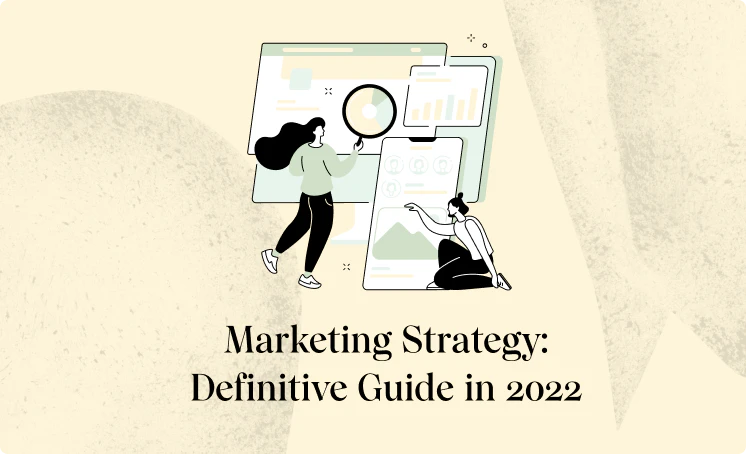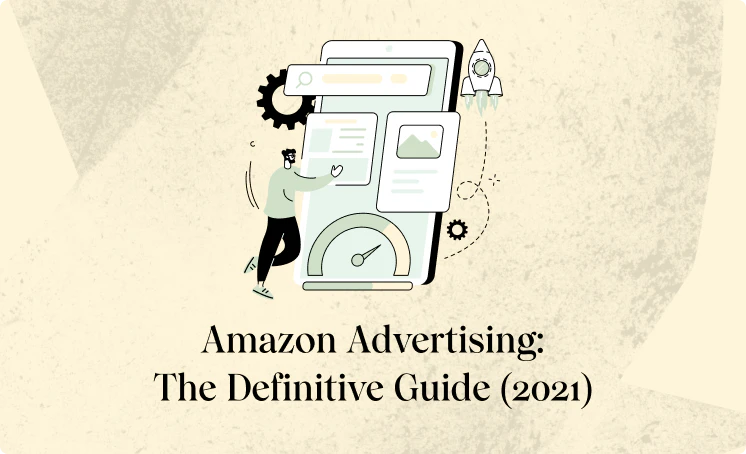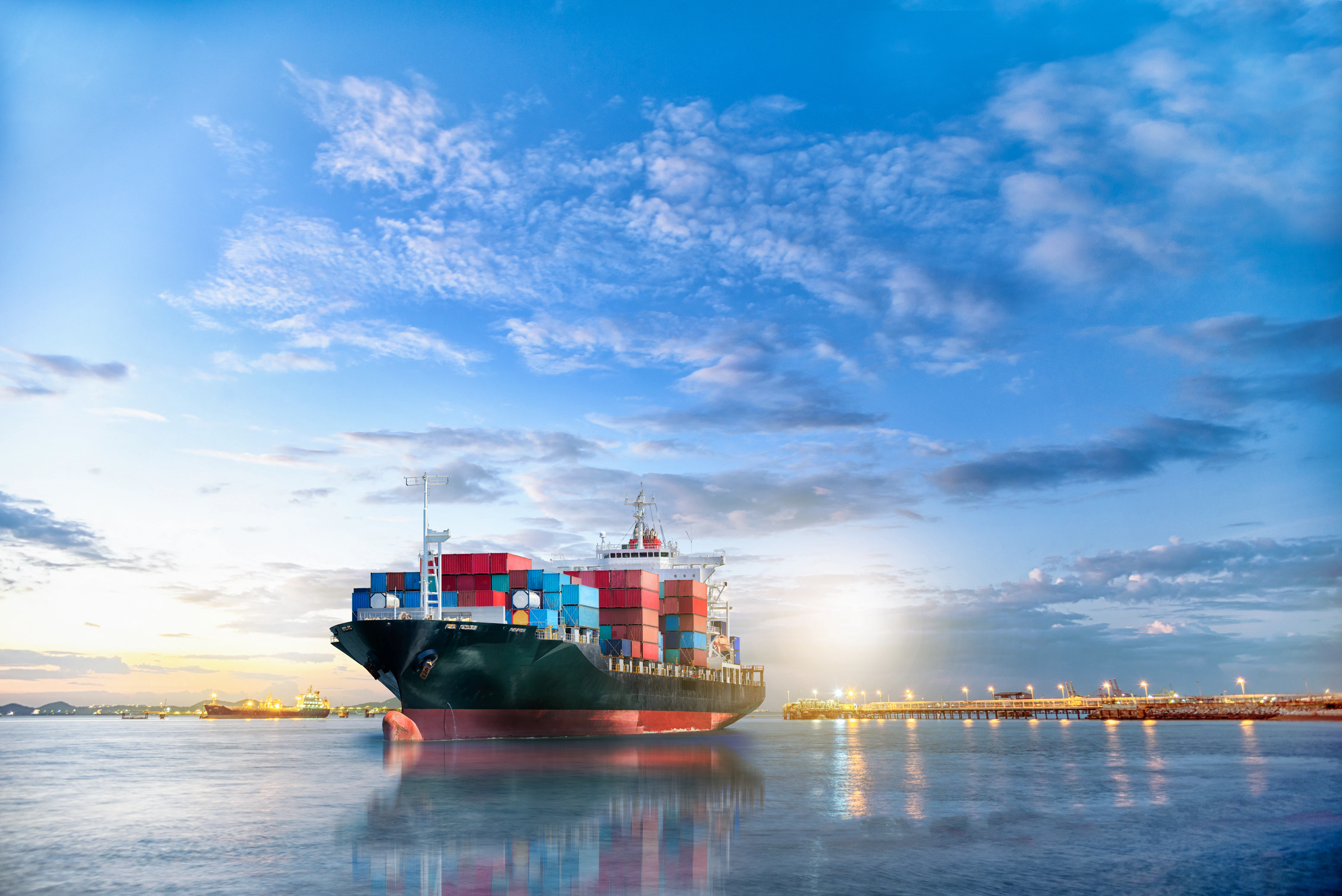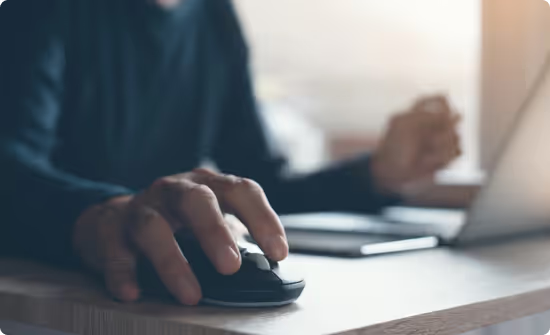Introduction
Have you been trying to improve your Amazon Best Seller Rank but not having any luck?
In this article, we’ll take a look at what factors Amazon considers when calculating a product’s BSR and if organic ranking has any bearing on your BSR.
We’ll also cover eight ways you can improve your best seller rank.
Let’s get started by defining what BSR is.
What Is the Amazon BSR (Amazon Best Sellers Rank)?
Amazon assigns a Best Seller Ranking to every product once it starts generating sales on the platform.
The Amazon BSR is a number that’s assigned to your product within its qualifying categories and subcategories to indicate how well it’s selling compared to similar products.
A product can have several different rankings across multiple categories/subcategories as well.
The BSR of a product does not stay consistent. In fact, it changes quite often – sometimes hourly!
Amazon Best Seller Rank is determined based on sales, but not just overall sales, factors like how recently the last sale was matter too.
Let’s take a deeper look.

Factors That Influence Your Amazon Best Sellers Rank
Though the focus is on your sales, there are several nuances to how Amazon determines your ranking.
What it takes in one subcategory is different than what it might take in another.
The more competitive the category/subcategory is, the better sales metrics you need to have.
The below factors influence your BSR:
- Historical sales
- Current sales
- Price changes and promotions
- Competitor’s products
Each piece holds a different amount of weight, and while Amazon has never come out and said how the BSR is calculated, we can make some inferences.
How Is the BSR Calculated?

As I mentioned above, not all factors are weighted equally.
If your product has 400 sales but hasn’t sold anything in 18 months, but your competitor’s product has had 100 sales all in the last six months, their product will have a better BSR.
The recency of sales matters more than total sales in the ranking, but historical sales still play a part.
If that same product with 400 sales started selling well again, it could move ahead in the best seller ranking due to its historical sales performance.
It’s also going to depend on how competitive your category is.
A BSR of 110 and 143 might be the difference of just a handful of sales in the more competitive categories/subcategories.
Due to different products competing within the categories/subcategories a product can have a BSR of 18 in one subcategory and 56 in another. The sales for the product are the same, but its competitors are different.
The bottom line is that you shouldn’t get too hung up on your best seller ranking alone as it’s beyond your control.
What Is the Difference Between Amazon BSR and Organic Ranking?
Sometimes sellers just starting on the platform think products with higher organic sales are the products that earn the best seller rank. They think of the two things as interchangeable.
But that isn’t how it works.
WHAT IS AMAZON ORGANIC RANKING?
Your product listing’s organic rank is reflected by where it shows up in the search results when your keywords are entered.
The goal is for your product to be on page one and in the top three spots. That’s where the most sales happen.
But you’ll notice that’s not necessarily where the best sellers show.

DON’T CONFUSE ORGANIC RANK AND AMAZON BEST SELLER RANK
You can have a product listing that has a high organic rank but is not a best seller. You can also have a best seller that doesn’t do as well organically. Why is this?
Because organic reach is determined in large part through your keywords whereas best seller ranking is based on sales data only.
The two rankings are separate pieces of the Amazon puzzle.
How Important Is Your Amazon BSR?
It depends on what your strategy is.
Being a best seller won’t hurt your listing, of course.
Shoppers may be more drawn to your listing because of it, but as discussed, it doesn’t necessarily help you show higher in the search results.
Your focus is better served optimizing your listing for search and sales conversions than worrying about obtaining and holding a top BSR.
What Is a Good Amazon BSR?

This will depend on your product.
Frequently purchased products (like cosmetics) might need to be in the top 2,000 to indicate a high-sales volume, whereas one-time purchase type items (like TVs or furniture) may have a worse ranking but still have a good number of sales based on the type of product it is.
The best way to get an idea of what a good Amazon BSR is for your product is to look at where several other comparable products rank and see how much higher/lower your product is.
If there are a lot of comparable products in the top 1,000 for your category, and your product is at 3,961, you know you need to make some improvements.
How To Monitor Changes to Your Amazon BSR
If you are looking to track your BSR changes, there are tools to help.
A couple of the tools available are:
Remember that Amazon’s best seller rank is always in flux.
The only way to keep a top best seller rank is to keep getting consistent sales.
8 Ways To Improve Your Amazon BSR
When you’re looking for ways to help your BSR, you should really be looking for ways to build your sales overall.
Below are eight areas you can focus on to improve your sales and, in turn, improve your best seller rank.
OPTIMIZE YOUR AMAZON PRODUCT TITLE

Your product title helps tell the algorithm how you want your product indexed.
It’s also where you introduce your product to Amazon shoppers, and the only description they have to make the decision to click-through or not.
At the beginning of your product title, you’ll want to include your best keywords.
As your potential customers scan the search results, they may only read the first few words before moving on to the next listing, so you want to be clear.
Amazon recommends that you use your brand, your product name, the material your product is made from, as well as color, size, and quantity as needed in your product title.
Your product title is limited to 200 characters – mobile and tablet screens will show less – so you’ll have to be selective.
Avoid keyword stuffing in your product title. It could help you in the algorithm, but it’s confusing to customers, and ultimately that’s who you should be focused on.
OPTIMIZE PRODUCT DESCRIPTIONS
The product description is placed under your product images and bullet points on your listing.
If your customer has gotten to the point of reading your description, they are interested in your product.
You have 2,000 words to use in your Amazon Product Description, and you need to use them to your advantage.
When writing your product description, you’ll want to try to use keywords you haven’t used in other places, but you only want to include them where they make sense.
The biggest purpose of your description is to tell your customer why your product is the best option and make them want to buy.
You need to use clear language and proper punctuation to make it easy for your customer to read.
OFFER A COMPETITIVE PRICE
Price is an important factor not just to your customers but to Amazon’s algorithm.
If the price of your product is too much higher than the price of similar products, Amazon considers that a negative when deciding its organic rank.
Amazon wants to place the listings most likely to get sales in front of the customers because they know that one of the factors customers consider most is the price.
Unless you have a well-known premium brand, you’ll need to offer a competitive price for your products.
But you also don’t want to price too low because customers may take that as a sign that your product is of lesser quality than others on the market.
This is why competitor research is a step you cannot skip before you list your product.
UPGRADE YOUR BULLET POINTS

Your bullet points are the part of your listing that your customers will read first once they click-through.
The bullet points are meant to clearly explain the benefits of your product at a glance.
Many sellers list the features of their product in the bullet points, but for them to sell, you need to explain what benefits those features have.
Why does it matter that your serveware is dishwasher safe? Because it means easy clean up for the customer.
Don’t assume that your customers understand the benefits.
When we’re scanning, we aren’t necessarily thinking. We are looking at what each product offers, and if you, as the seller, don’t point out your product benefits, it may not occur to your customers.
Be sure to place your product’s biggest benefit in the first bullet point. Make sure it captures the customer’s attention and keeps them reading.
Since Amazon doesn’t allow you to bold or underline to highlight key benefits, you can test using all caps to make your product’s key features stand out and be even easier to scan for value.
MAKE YOUR PRODUCT IMAGES STANDOUT
When uploading product images, you want to be sure to follow Amazon’s guidelines.
All of your product images need to be high-resolution. They must be 1,600 pixels (minimum) on the largest size and a minimum of 500 on the smaller side to facilitate the zoom feature.
Your images have to build confidence in your product.
They need to be crisp, clear and present your product in its best light.
Your Main Image
Amazon requires that your main image contain no props, text or graphics. It must be on a plain white background and take up at least 85% of the image frame.
The photo has to be of your unpackaged product.
Keep in mind that this is the image shoppers see as they are scrolling through the search results.
A poor product image will prevent your customers from clicking to see the rest of your listing.
If you can’t provide a quality image, how can they trust you to provide a quality product?
Your Additional Images
Additional images are where you can feature your product in multiple use states and environments.
Lifestyle product images, or images that demonstrate your product in use, may sell better than only providing images on white backgrounds as well.
You can show your product from various angles and provide close-ups to highlight special features and answer customer questions.
In additional images, you can add graphics and texts to enhance your images or to provide more information for customers that look through pictures before reading the product descriptions.
When considering what additional images to add, go look at other product listings.
What questions do you have about those products? Try to answer the questions without looking in the bullets or description. If you can’t, you know those images could be stronger.
Put that missing information on your product images to stand out from your competitors.
USE SPONSORED PRODUCTS

Since your best seller ranking is based on your product sales, you can boost your sales through running sponsored ads.
Before paying to run ads through Amazon PPC, you’ll want to identify the best keywords for your product to bid on.
If you don’t have an established product, you’ll want to focus on long-tail keywords and work your way to the high search volume broad keywords.
You’ll want to stay on top of your ad results to refine your keywords and add negative keywords as necessary.
If you’re not familiar with Amazon PPC, take a look at our comprehensive PPC guide.
UTILIZE A+ CONTENT

This option is only available if you are part of the Amazon Brand Registry.
A+ content lets the brand have flexibility in what their listing looks like. It allows you to add photos, graphics, and formatted text to your listing instead of the basic product description.
The focus of A+ content is to increase sales, which is what your best seller rank is based on.
You’ll want to focus on establishing trust and authority in your brand. You can do this by adding in explainer images, giving background about your brand and answering FAQs your customers have.
A+ does not help with your organic reach though, so be sure to include all of your keywords in other areas of your listing.
UTILIZE AMAZON FBA AND PRIME
Amazon prefers sellers that use FBA so their products are Prime eligible.
They know that they can control the shipping and delivery times of products that are in the FBA program, meaning more control over the customer experience.
If you currently ship your own product but want to increase your best seller rank, consider enrolling in FBA to help get more sales.
USE AMAZON SELLER TOOLS
There are Amazon Seller tools that can help you find products, establish the best keywords and track your rankings (both organic and BSR).
There is a wide variety of options available to fit your needs and budgets.
Using Amazon Seller tools can give you a strategic edge over the competition to increase your sales.
Manually researching and tracking every element of your Amazon listing and sales is too much to keep up with for most sellers, giving the sellers who use the tools an advantage.
Where Can I Find the Amazon BSR for a Product?
You’ll find the BSR in the product information section of an Amazon product page.
The product information section is down the page under the product description.
Also, note the link to see the highest 100 ranking products in the category next to it.
You can click on that if you’re interested in looking at other top-ranking products in the category.

How To See Top-Selling Products by Amazon BSR
If you want to see the top sellers in every category simply go to the Amazon Best Sellers page.
The items you see here all have high sales volume on Amazon.
You may notice several consumable products are in the top sellers. These products need to be replaced often so they generate more sales, making them favorable in the best seller ranking.
Another thing you may notice are seasonal products on the list, but those items will only be in the best sellers for a short time and then cycle out.
What Can You Do With Your BSR Data?
PRODUCT RESEARCH
As you’re doing your research to find a product to sell on Amazon, you will want to consider similar products’ BSR.
If the product isn’t a top seller, that indicates that there isn’t enough demand and isn’t a good product to add to your lineup.
On the other hand, if similar products show up multiple times in the top 2000 best sellers, it tells you the market can support your product being added.
COMPETITOR RESEARCH
Another way to use BSR data is to watch your competitors.
You can compare where your competitors’ listings are on in the best seller ranking to see how yours stack up.
Then you will use this information to optimize your listings.
You can see what keywords they are using and how they are positioning their products and adopt pieces of their strategy to increase your product’s sales.
ESTIMATE SALES
Estimating sales from BSR isn’t an exact science, but it’s the best option you have to go on.
The way you go about estimating sales is to track both your BSR and your sales consistently.
You want to track your metrics so you can compare your BSR to your sales for the month (keeping in mind seasonal fluctuations).
If you know how many sales you had and can match it to your BSR, you can estimate how many sales other listings are getting too.
Keep in mind this only works within your category. There is far too much fluctuation between categories for this strategy to be able to cross over.
How To Track What’s Working on Amazon
In addition to keeping track of your monthly sales in comparison to best seller ranking, you need to be tracking how you received those sales.
You need to track where you are in the organic search results and also how well your PPC ads are performing.
Both organic and paid efforts should be improving over time.
The more data you have, the easier it will be to replicate what works and stop wasting time on what doesn’t.
As you track your sales, you may notice that what used to work isn’t anymore. Or that you may need a completely new strategy due to a spike in competition for your product.
If you feel like your sales are stagnant or even starting to fall behind, we’d be happy to take a look at your current marketing and see where we can help.
Obtaining and holding a top best seller rank can be difficult if you don’t have enough experience yet selling on the platform.
Final Thoughts
While your best seller ranking won’t get your products in front of more customers, it may help increase your conversions.
If Amazon recognizes your product as a best seller, it can create trust with your customers.
But to get a top best seller rank, you’ll need to build up your sales on your own.
You can do this through a mix of top-notch keyword research, optimized product listings and standout product images.
Adding in PPC ads and running occasional promotions can also help increase your sales.
Overall, your focus should be on growing sales, and your best seller rank will build with them.













.webp)

.webp)








.webp)









































.webp)






